- No products in the cart.
Astmasol solofarm-ing solution. 0.25mg / mL + 0.5mg / mL 20ml
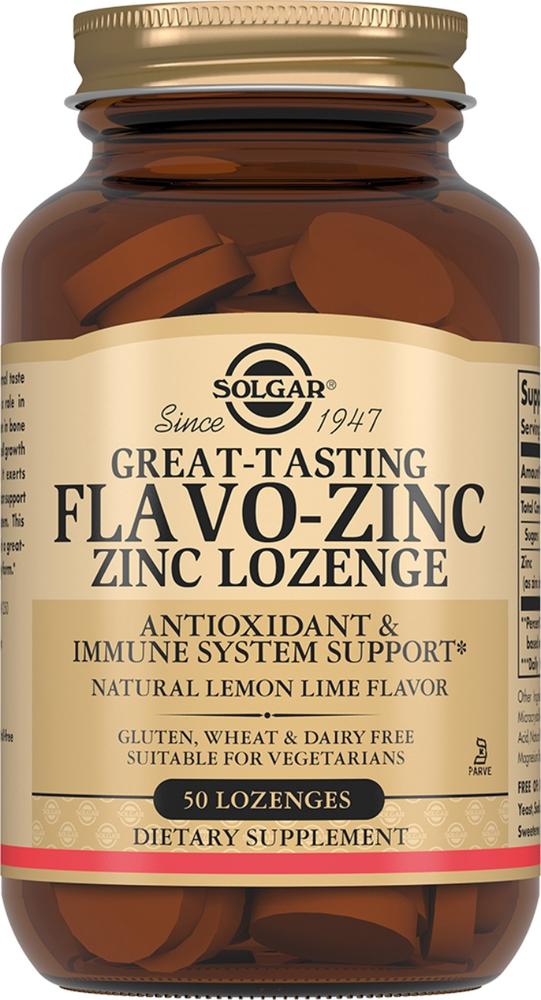
Solgar lozenges 50 pcs Flavio zinc
$14.54
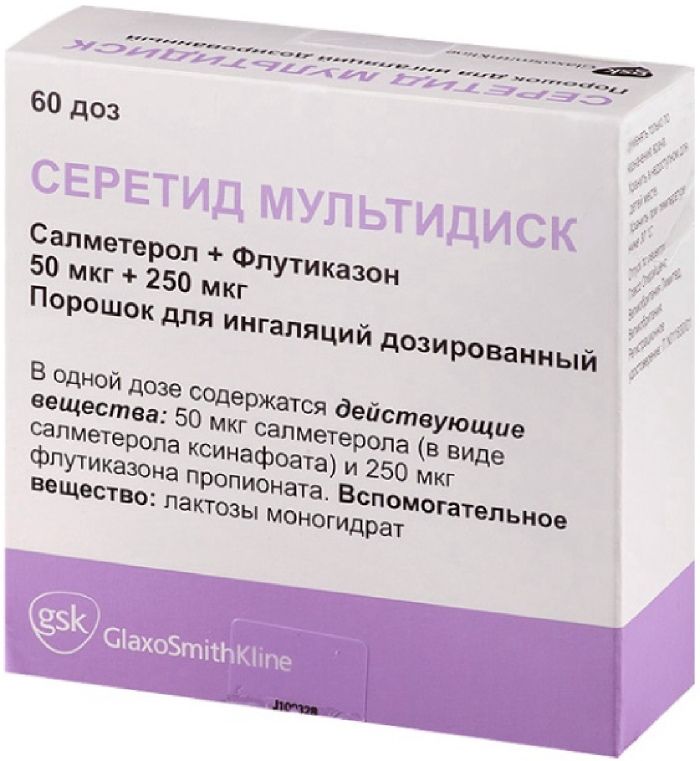
Seretide multidisk powder ing.dozir. 50mkg / 250mkg 60doz with inhaler
$33.31
$5.49
Astmasol solofarm-ing solution. 0.25mg / mL + 0.5mg / mL 20ml
SKU: 306911077 Categories: Bronchial asthma, COPD, Medicaments Tags: fenoterol +, Grotex Ltd., Ipratropium bromide
Description
Composition
Active substance:
Ipratropium bromide monohydrate 0.261 mg per 0.25 mg of ipratropium bromide
Fenoterol hydrobromide 0.5 mg
Excipients:
Disodium edetate dihydrate 0.5 mg
Sodium chloride 8.8 mg
Hydrochloric acid 1M to pH 3.0 – 4.0
Water for injection ad 1 ml
Composition ampoule B (solvent) to 1 ml:
Sodium chloride 9.0 mg
Water for injection ad 1 ml
Description:
A tube-dropper or bottle – a clear, colorless or slightly colored liquid.
Ampoule B (solvent) – clear colorless liquid.
Solution: A dropper tube ampoule + B (solvent) – clear, colorless or lightly colored liquid.
Product form:
Solution for inhalation 0.25 mg / ml + 0.5 mg / ml.
20 ml of the product into vials of a colored glass or plastics, staffed
Bathrooms jet dispenser.
1 bottle together with instructions for use in a stack of cardboard.
At 0.5, 1, or 2 ml of the preparation in a tube, a dropper A low density polyethylene or polypropylene, and 2 or 3 mL of the solvent in ampules B from low-density polyethylene or polypropylene.
10 A tube-droppers in the packet of foil and film B of 10 vials in a package of foil film.
1 or 2 of the package foil film with a tube-droppers A 0.5 ml of the preparation together with 1 or 2 bags of foil film with ampoules B of 3 ml of solvent (total) or 1 or 2 of the package foil film tyubik- a dripper 1 or 2 ml of the preparation together with 1 or 2 bags of foil film B with ampoules of 2 ml of solvent (total) together with instructions for use in a stack of cardboard.
Contraindications
– hypersensitivity to atropine or fenoterolu drugs, or other ingredients.
– Hypertrophic obstructive cardiomyopathy.
– Tachyarrhythmia.
– I trimester of pregnancy.
Carefully
Angle-closure glaucoma, hypertension, diabetes, recent myocardial infarction (within the last 3 months), the heart and vascular disease, such as congestive heart failure, coronary heart disease, aortic stenosis, expressed lesions of cerebral and peripheral arterial disease, hyperthyroidism, pheochromocytoma, prostatic hyperplasia, bladder neck obstruction, cystic fibrosis, II and III trimesters of pregnancy, lactation, children under 6 years.
Dosage
0.25 mg + 0.5 mg / ml
Indications
Symptomatic treatment of chronic obstructive airways disease with reversible airways obstruction such as asthma, and especially chronic obstructive pulmonary disease, chronic obstructive bronchitis with the presence of pulmonary emphysema or without it.
Interaction with other drugs
Long term use of the drug simultaneously with other anticholinergic preparative
ratami not recommended due to lack of data.
Concomitant use of other beta-adrenomimeticheskih funds anticholinergic
Sgiach preparations of systemic action and xanthine derivatives (e.g., teofil-
lin) may increase the effect of bronchodilator drug and lead to increased side effects.
Perhaps the significant weakening of the bronchodilator effect of the drug at a single
temporary appointment of beta-blockers.
Hypokalemia associated with the use of beta-agonists may be enhanced one-
temporary appointment of xanthine derivatives, glucocorticosteroids and diuretics.
This fact should be given special attention in the treatment of patients with severe obstructive airways disease.
Hypokalemia may increase the risk of arrhythmias in patients
receiving digoxin. Furthermore, hypoxia may enhance the adverse effect gipokali-
emii the heart rhythm. In such cases, it is recommended to carry out monitoring of the level of potassium in the blood serum.
It should be used with caution beta2-adrenergic agents patients receiving monoamine oxidase inhibitors, and tricyclic antidepressants, since these drugs can enhance the effect of beta-adrenergic agents.
Inhalation agents for general anesthesia halogenated hydrocarbon anesthetics
e.g., halothane, enflurane or trichlorethylene, can enhance the effect of beta-adrenergiche-
Sgiach funds on the cardiovascular system.
The combined use of the drug with cromoglicic acid and / or glyukokortikosteroi-
rows increases the effectiveness of therapy.
Overdose
Overdose symptoms commonly associated predominantly with the action of fenoterol. WHO-
possible occurrence of symptoms related to excessive stimulation of beta-adrenergic receptors.
The most likely occurrence of tachycardia, palpitations, tremor, increased arterial
pressure, lowering blood pressure, an increase in the difference between sisto-
cyclically and diastolic blood pressure, angina, arrhythmias, and a sense of “tides” of blood to the face, a feeling of heaviness in the chest, increased bronchial obstruction. Also observed metabolic acidosis and hypokalemia.
Possible symptoms of overdose due to ipratropium bromide (such as Su-
Host in the mouth, accommodation disturbances) are mild and transient, due to its topical application.
Treatment
You need to stop taking the drug.
Should take into account monitoring data of acid-base balance of blood.
Recommended that the administration of sedatives, anxiolytic drugs (tranquilizers), in severe cases – intensive care.
As a specific antidote possible use of beta-blockers, pref-
titelnee selective beta1-blockers. However, in patients with asthma or chronic obstructive pulmonary disease should consider the possibility of strengthening the bronchial obstruction, which may result in death, under the influence of beta-blockers and carefully select their dose.
pharmachologic effect
Pharmacological group:
bronchodilator combined (beta2-agonists selective-holinoblokator + m)
ATC code: R03AK03
Pharmacodynamics:
The preparation contains two components having bronchodilating activity: ipratropium bromide – m-holinoblokator and fenoterol – beta2-agonists.
Bronchodilation when inhaled ipratropium bromide caused mainly local, rather than systemic anticholinergic effects. In patients with bronchospasm associated with chronic obstructive pulmonary diseases (chronic bronchitis and emphysema), significant improvement in lung function (FEV1 and PSV increase by 15% or more) was observed for 15 minutes, the maximum effect was achieved in 1-2 hours and lasted the majority of patients up to 6 hours after administration.
Ipratropium bromide has no adverse effect on mucus secretion in airway mucociliary clearance and gas exchange.
Fenoterol selectively stimulates beta2-adrenergic receptors in the therapeutic dose. Stimulation of the beta1-adrenergic receptor occurs at high doses.
Fenoterol relaxes the smooth muscles of bronchi and vessels and prevents the development of bronchospastic reactions, caused by histamine, methacholine, cold air and allergens (immediate hypersensitivity reaction). Immediately after administration fenoterol blocking the release of mediators of inflammation and bronchial mast cell. Furthermore, when using fenoterol higher doses noted enhancement of mucociliary clearance.
Beta-adrenergic effect of the drug on cardiac activity, such as increased frequency and severity of cardiac contractions, due to the action of vascular fenoterol, beta2-adrenergic stimulation of the heart, and at doses exceeding therapeutic, beta1-adrenoceptor stimulation. As with other beta-adrenergic drugs mentioned elongation interval QTc at high doses. The clinical significance of this manifestation is not clear.
Tremor is the most common adverse effect of using beta-adrenoceptor agonists.
In joint use of these two active substances bronchodilatory effect is achieved by acting on different pharmacological targets. These substances complement each other, resulting in enhanced spasmolytic effect on the bronchial muscle and latitude provided by the therapeutic action in bronchopulmonary diseases involving airway constriction. The complementary action is such that to achieve the desired effect requires a lower dose of beta-adrenergic component that enables individually choose an effective dose with virtually no side effects.
Pharmacokinetics:
Therapeutic effect of the combination of ipratropium bromide and fenoterol is a consequence of its local effects in the respiratory tract. Development of bronchodilation is not directly proportional pharmacokinetic parameters of the active ingredients.
After inhalation into the lungs usually falls (depending on the formulation and inhalation technique) 10-39% of the administered dose. The remainder of the dose is deposited on the mouthpiece, in the mouth and oropharynx. Part of the dose deposited in the oropharynx is swallowed and enters the gastrointestinal tract.
Part of the dose of the drug into the lungs rapidly reaches the systemic circulation (within several minutes).
There is no evidence that the pharmacokinetics of the drug combination is different from that of each of the individual components.
fenoterol
The swallowed portion of the dose metabolized before sulfate conjugates. Absolute oral bioavailability is low (about 1.5%).
After intravenous administration of free and conjugated fenoterol up in 24-hour urine sample, respectively, 15% and 27% of the administered dose. The total systemic bioavailability of the inhaled dose of fenoterol is estimated at 7%.
The kinetic parameters that describe fenoterol distribution calculated from the plasma concentration after intravenous administration. After intravenous administration, the plasma concentration profiles may be time-described 3-chamber pharmacokinetic model in which the half-life of approximately 3 h. In this three-chamber model fenoterol apparent volume of distribution at steady state (Vdss) of approximately 189 l (= 2.7 l / kg).
About 40% of fenoterol bound to plasma proteins.
Preclinical studies have shown that fenoterol and its metabolites do not cross the blood-brain barrier. Total clearance fenoterol – 1.8 l / min, renal clearance – 0.27 l / min. The total renal excretion (within 2 days) of isotope-labeled dose (including starting material and all metabolite) following intravenous administration was 65%. Isotopically labeled total dose excreted through the intestines, after intravenous administration was 14.8%, after ingestion – 40.2% within 48 hours. Isotopically labeled total dose excreted through the kidneys, after oral administration was about 39%.
ipratropium bromide
The total renal excretion (within 24 hours) of the starting compound is about 46% of the intravenously administered dose of less than 1% of the dose applied inside, and about 3-13% of the inhaled dose. From these data, it is calculated that the total systemic bioavailability ipratropium bromide, used inside and inhalation, is 2% and 7-28%, respectively. Thus, the influence swallowed portion ipratropium bromide on systemic exposure is negligible.
The kinetic parameters that describe the distribution of ipratropium bromide, calculated on the basis of its concentration in plasma after intravenous administration. A rapid biphasic decline in plasma concentrations. The apparent volume of distribution at steady state (Vdss) is approximately 176 liters (= 2.4 l / kg). The drug binds to plasma proteins to a minimum extent (less than 20%). Preclinical studies have shown that ipratropium bromide which is a quaternary ammonium derivative thereof, does not penetrate the blood-brain barrier. The half-life in the terminal phase is about 1.6 hours.
Ipratropium bromide total clearance is 2.3 l / min and the renal clearance – 0.9 l / min. After intravenous administration, approximately 60% of the dose is metabolized by oxidation, mainly in the liver.
The total renal excretion (for 6 days) isotope labeled dose (including starting material and all metabolite) following intravenous administration was 72.1%, after ingestion – 9.3%, and after inhalation application – 3.2%. Isotopically labeled total dose excreted through the intestines, after intravenous administration was 6.3%, after ingestion – 88.5%, and after inhalation application – 69.4%. Thus, the excretion of isotope-labeled dose after intravenous administration is carried out mainly through the kidneys. The half-life of the parent compound and the metabolites is 3.6 hours. The major metabolites that can be output in the urine to bind to muscarinic receptors weakly and are considered inactive.
Pregnancy and breast-feeding
These pre-clinical research and experience with the combination of ipratropium bromide and fenoterol show that the components of the drug has no adverse effects during pregnancy. It is necessary to consider the possibility of inhibiting the effect of fenoterol on uterine activity. The drug is contraindicated in the I trimester of pregnancy. Should be used with caution in preparation II and III trimester of pregnancy.
Fenoterol passes into breast milk. Data confirming that ipratropium bromide enters the breast milk received. However, the drug should be used with caution in nursing mothers.
No clinical data on the effect of fenoterol, ipratropium bromide, or combinations thereof on fertility. Preclinical studies have shown no effect of ipratropium bromide and fenoterol not fertility.
Conditions of supply of pharmacies
Prescription.
side effects
Many of the listed undesirable effects can be caused by anticholinergic
iCal and beta-adrenergic properties of the drug. Astmasol®-SOLOfarm as any ingalya-
Zion therapy, may cause local irritation.
The most common side effects reported in clinical studies
niyah were cough, dry mouth, headache, tremor, pharyngitis, nausea, golovokru-
voltage, dysphonia, tachycardia, palpitations, vomiting, increase in systolic blood pressure and nervousness.
The frequency of adverse reactions that can occur during treatment is shown by the following grading: very often (> 1/10), often (> 1/100, 1/1000, 1/10000,
Violations by the immune system
Rare *: anaphylactic reaction, hypersensitivity.
Violations by the metabolism and nutrition
Rarely *: hypokalemia.
Very rare: increase in serum glucose.
mental disorders
Uncommon: nervousness.
Rarely: excitation mental disorders.
Disorders of the nervous system
Uncommon: headache, tremor, dizziness.
Frequency unknown: hyperactivity.
Violations by the organ of vision
Rarely *: glaucoma, increased intraocular pressure, accommodation disturbances, mydriasis,
blurred vision, eye pain, swelling of the cornea, redness of the conjunctiva, the appearance of halos around objects.
Violations of the cardiovascular system
Uncommon: Tachycardia, palpitations.
Rare: arrhythmia, atrial fibrillation, supraventricular tachycardia *, myocardial ischemia *.
Violations by the respiratory, thoracic and mediastinal disorders
Often cough.
Uncommon: pharyngitis, dysphonia.
Rare: bronchospasm, throat irritation, swelling of the throat, laryngospasm *, * paradoxical bronchospasm, throat dryness *.
Disorders of the gastrointestinal tract
Uncommon: vomiting, nausea, dry mouth.
Rare: stomatitis, glossitis, motility disorders of the gastrointestinal tract, diarrhea,
* constipation, swelling oral *, heartburn.
Violations of the skin and subcutaneous tissue
Rare: urticaria, pruritus, angioedema *, rash *, rash, petechiae.
Violations by musculoskeletal and connective tissue
Rare: muscle weakness, muscle spasms, myalgia.
Violations of the kidneys and the urinary tract
Rare: urinary retention.
Laboratory and instrumental data
Uncommon: increase in systolic blood pressure.
Rare: increases in diastolic blood pressure.
* Evaluation was performed based on the upper limits of the 95% confidence interval calculated
applications were commissioned by the overall patient population.
special instructions
Dyspnea
In the event of an unexpected rapid amplification of dyspnea (difficulty breathing) should immediately consult a doctor.
Hypersensitivity
After the drug can be immediate hypersensitivity reaction, which features, in rare cases, may be: urticaria, angioedema, skin rashes, bronchospasm, oropharyngeal edema, anaphylactic shock.
paradoxical bronchospasm
The drug-Astmasol® SOLOfarm, like other inhaled drugs can cause paradoxical bronchospasm that may be life-threatening. In the case of paradoxical bronchospasm use of the drug should be discontinued immediately and switch to an alternative therapy.
Long-term use
In patients with asthma, the drug should be used only as needed. Patients with mild chronic obstructive pulmonary disease symptomatic treatment may be preferably regular application.
Patients with asthma should be aware of the need for strengthening or anti-inflammatory therapy to control airway inflammation and the disease process.
Regular use of increasing doses of drugs containing beta 2-agonists such as Astmasol®-SOLOfarm, for the relief of bronchial obstruction can cause uncontrolled degradation of the disease course. In the event the bronchial obstruction, increasing the dose of beta2-agonists, including drug-Astmasol® SOLOfarm longer recommended for a long time not only justified, but also dangerous. To prevent life-threatening deterioration of disease should consider reviewing the patient’s treatment plan, and adequate anti-inflammatory therapy with inhaled glucocorticosteroids.
Other sympathomimetic bronchodilators should be administered simultaneously with the drug-Astmasol® SOLOfarm only under medical supervision.
Violation of the gastrointestinal tract (GIT)
In patients with a history of cystic fibrosis, gastrointestinal motility disorders are possible.
Violations by the authorities of
Astmasol®-SOLOfarm should be used with caution in patients predisposed to acute glaucoma. Известны отдельные сообщения об осложнениях со стороны органа зрения (например, повышение внутриглазного давления, мидриаз, закрытоугольная глаукома, боль в глазах), развившихся при попадании ингаляционного ипратропия бромида (или ипратропия бромида в сочетании с агонистами бета2-адренорецепторов) в глаза. Симптомами острой закрытоугольной глаукомы могут быть боль или дискомфорт в глазах, затуманивание зрения, появление ореола у предметов и цветных пятен перед глазами в сочетании с отеком роговицы и покраснением глаз вследствие конъюнктивальной инъекции сосудов. Если развивается любая композиция этих симптомов, показано применение глазных капель, снижающих внутриглазное давление, и немедленная консультация специалиста. Пациенты должны быть проинструктированы о правильном применении ингаляционного раствора препарата Астмасол®-СОЛОфарм.
Для предупреждения попадания раствора в глаза рекомендуется, чтобы раствор, используемый с помощью небулайзера, вдыхался через мундштук. При отсутствии мундштука должна использоваться плотно прилегающая к лицу маска. Особенно тщательно должны заботиться о защите глаз пациенты, предрасположенные к развитию глаукомы.
Системные эффекты
При следующих заболеваниях: недавно перенесенном инфаркте миокарда, сахарном диабете с неадекватным гликемическим контролем, тяжело протекающих органических заболеваниях сердца и сосудов, гипертиреоз, феохромоцитома или обструкция мочеиспускательных путей (например, при гиперплазии предстательной железы или обструкции шейки мочевого пузыря) Астмасол®-СОЛОфарм должен применяться только после тщательной оценки риск/польза, особенно при использовании доз, превышающих рекомендуемые.
Влияние на сердечно-сосудистую систему
В постмаркетинговых исследованиях отмечались редкие случаи возникновения ишемии миокарда при приеме бета-агонистов. Пациентов с сопутствующими серьезными заболеваниями сердца (например, ишемической болезнью сердца, аритмиями или выраженной сердечной недостаточностью), получающих Астмасол®-СОЛОфарм, следует предупреждать о необходимости обращения к врачу в случае появления болей в сердце или других симптомов, указывающих на ухудшение заболевания сердца. Необходимо обращать внимание на такие симптомы как одышка и боль в груди, так как они могут быть как сердечной, так и легочной этиологии.
Гипокалиемия
При применении бета2-агонистов может возникать гипокалиемия (см. раздел «Передозировка»).
У спортсменов применение препарата Астмасол®-СОЛОфарм в связи с наличием в его составе фенотерола может приводить к положительным результатам тестов на допинг.
Вспомогательные вещества
Препарат содержит стабилизатор – динатрия эдетата дигидрат. Во время ингаляции этот компонент может вызывать бронхоспазм у чувствительных пациентов с гиперреактивностью дыхательных путей.
The effect on the ability of control of vehicles and mechanisms
Studies on the effect of the drug on the ability to drive vehicles and mechanisms have not been conducted.
Use caution when performing these activities, since it is possible the development of dizziness, tremor, disorders of accommodation of the eye, blurred vision, and mydriasis. In the event of the above undesirable sensations should refrain from potentially hazardous actions such as control of vehicles and mechanisms.
Storage conditions
At temperatures above 25 ° C.
Keep out of the reach of children.
После вскрытия пакета или флакона – 1 месяц.
Dosing and Administration
Лечение должно проводиться под медицинским наблюдением (например, в условиях стационара). Лечение в домашних условиях возможно только после консультации с врачом в тех случаях, когда быстродействующий бета-агонист в низкой дозе недостаточно эффективен. Также раствор для ингаляций может быть рекомендован пациентам в случае, когда аэрозоль для ингаляций не может использоваться или при необходимости применения более высоких доз.
Доза должна подбираться индивидуально, в зависимости от остроты приступа. Лечение обычно должно начинаться с наименьшей рекомендуемой дозы и прекращаться после того, как достигнуто достаточное уменьшение симптомов.
Одно нажатие на диспенсер флакона соответствует 0,1 мл (2 капли): 5 нажатий – 0,5 мл (10 капель); 10 нажатий – 1 мл (20 капель); 20 нажатий – 2 мл (40 капель).
The recommended dose:
У взрослых (включая пожилых людей) и подростков старше 12 лет
Острые приступы бронхоспазма
В зависимости от тяжести приступа дозы могут варьировать от 1 мл до 2,5 мл. В особо тяжелых случаях возможно применение доз, достигающих 4 мл.
У детей в возрасте 6-12 лет
Острые приступы бронхиальной астмы
В зависимости от тяжести приступа дозы могут варьировать от 0,5 мл до 2 мл.
У детей в возрасте младше 6 лет (масса тела которых составляет менее 22 кг)
В связи с тем, что информация о применении препарата в этой возрастной группе ограничена, рекомендуется использование следующей дозы (только при условии медицинского наблюдения): 0,1 мл на кг массы тела, но не более 0,5 мл. Учитывая отсутствие полной информации, препарат у детей следует применять только по назначению врача и под наблюдением взрослых.
Раствор для ингаляций следует использовать только для ингаляций (с подходящим небулайзером) и не применять перорально.
Лечение следует обычно начинать с наименьшей рекомендуемой дозы.
Рекомендуемая доза должна разводиться 0,9 % раствором натрия хлорида до конечного объема, составляющего 3-4 мл, и применяться (полностью) с помощью небулайзера.
Раствор препарата Астмасол®-СОЛОфарм для ингаляций не должен разводиться дистиллированной водой.
Разведение раствора должно осуществляться каждый раз перед применением; остатки разведенного раствора следует уничтожать.
Разведенный раствор следует использовать сразу после приготовления.
Краткое описание действий по применению препарата во флаконе:
1. Подготовьте небулайзер для использования.
2. При первом применении флакона разработайте клапан диспенсера путем нажатия на него (флакон держать вертикально, диспенсером вверх).
3. Поместите содержимое флакона в резервуар небулайзера нажатием на диспенсер флакона в необходимом количестве раз, что соответствует назначенной врачом дозе.
4. Добавьте растворитель (0,9 % раствор натрия хлорида) в резервуар небулайзера до конечного объема 3-4 мл.
5. Далее следуйте инструкции по применению небулайзера.
Краткое описание действий по применению тюбик-капельницы А (препарат) и ампулы Б
(растворитель):
1. Подготовьте небулайзер для использования.
2. Поместите содержимое тюбик-капельницы А (препарат) в резервуар небулайзера в необходимой дозе, назначенной врачом.
3. Добавьте содержимое из ампулы Б (растворитель – 0,9 % раствор натрия хлорида)
в резервуар небулайзера до конечного объема 3-4 мл.
4. Далее следуйте инструкции по применению небулайзера.
Длительность ингаляции может контролироваться по расходованию разведенного раствора.
Раствор препарата для ингаляций может применяться с использованием различных коммер-
ческих моделей небулайзеров. Доза, достигающая легких, и системная доза зависят от типа используемого небулайзера и могут быть выше, чем соответствующие дозы при использова-
нии дозированного аэрозоля (что зависит от типа ингалятора). В тех случаях, когда имеется на-
стенный кислород, раствор лучше всего применять при скорости потока 6-8 литров в минуту.
Необходимо следовать инструкции по применению, обслуживанию и чистке небулайзера.
Information
Appearance may differ from that depicted in the picture. There are contraindications. You need to read the manual or consult with a specialist
Additional information
| Weight | 0.100 kg |
|---|---|
| Manufacturer | Grotex Ltd. |

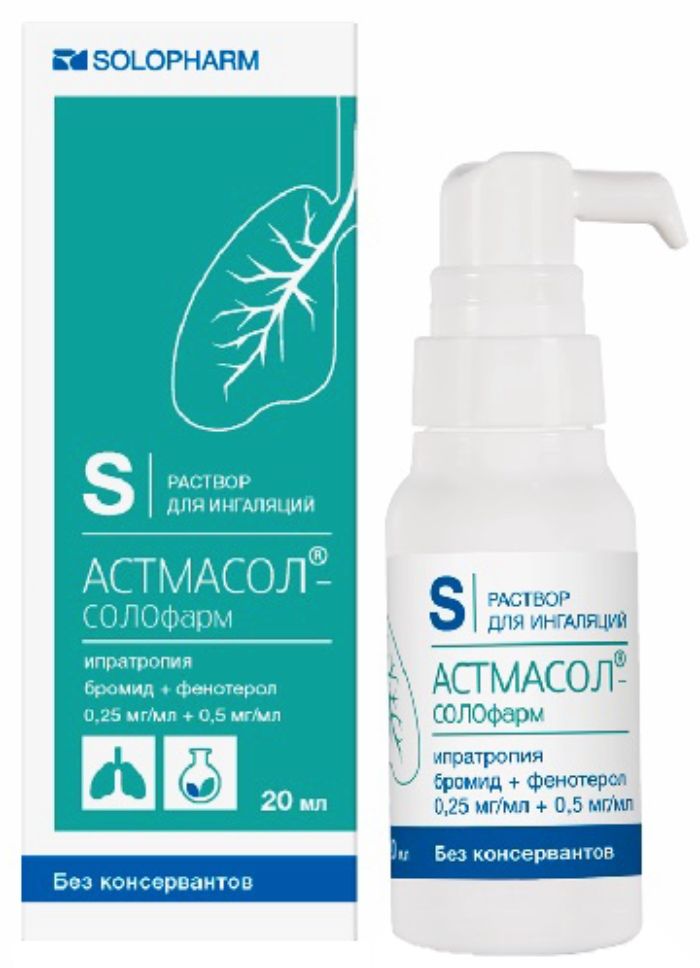
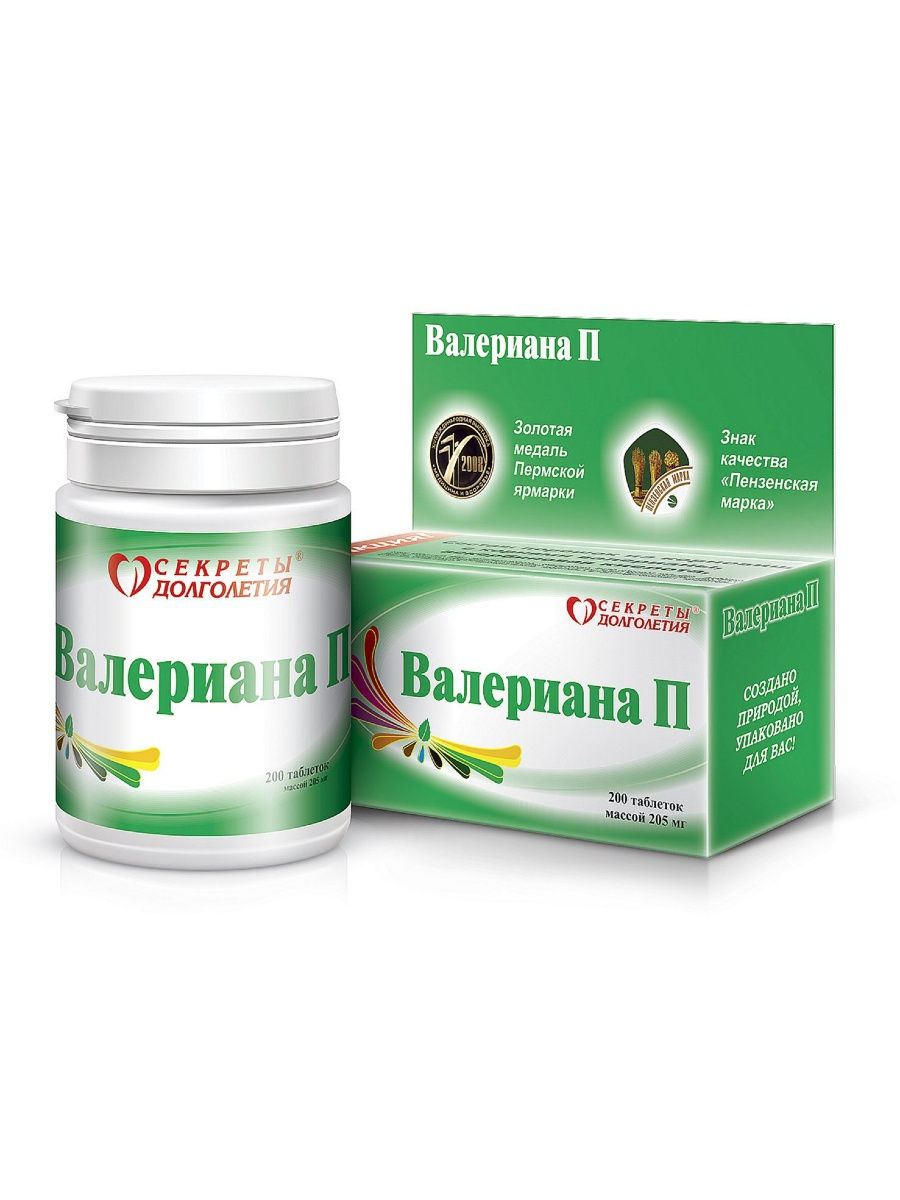
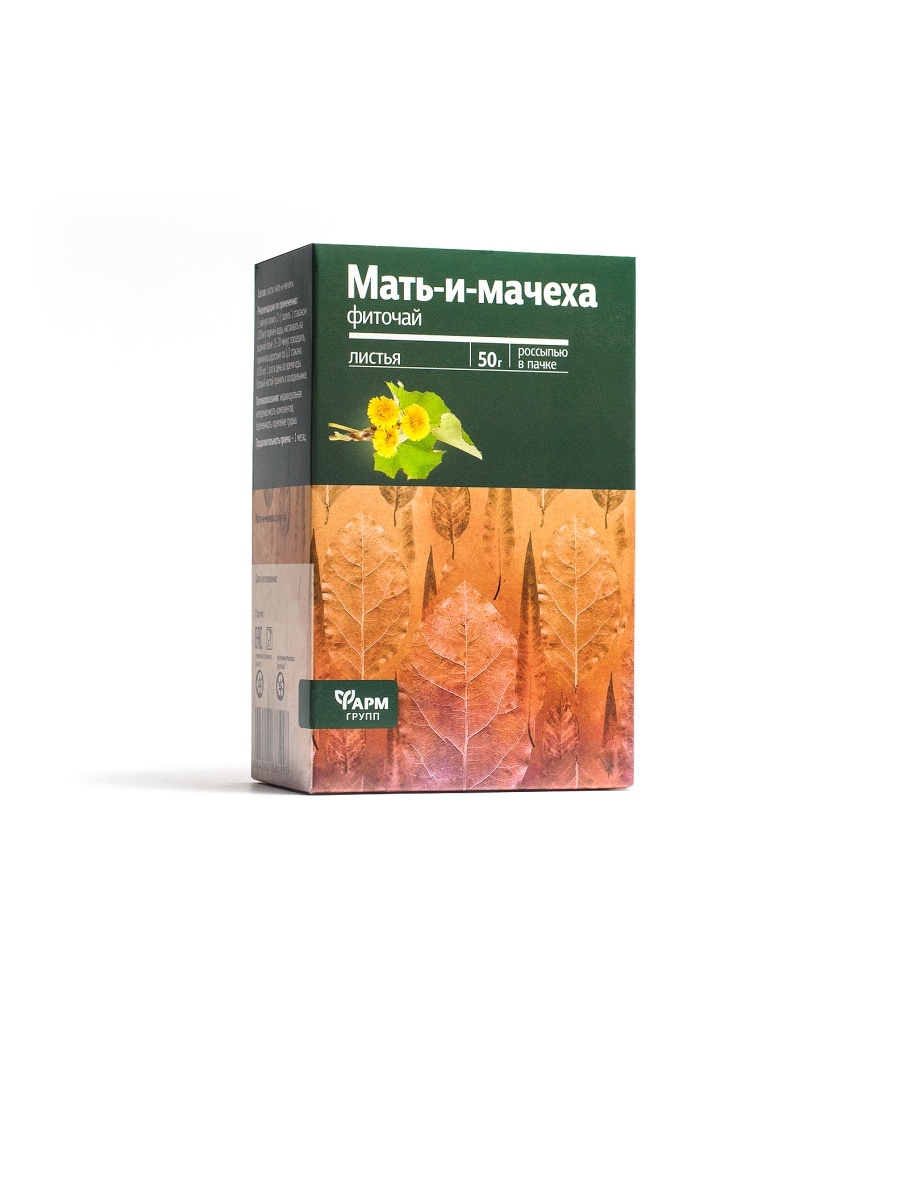
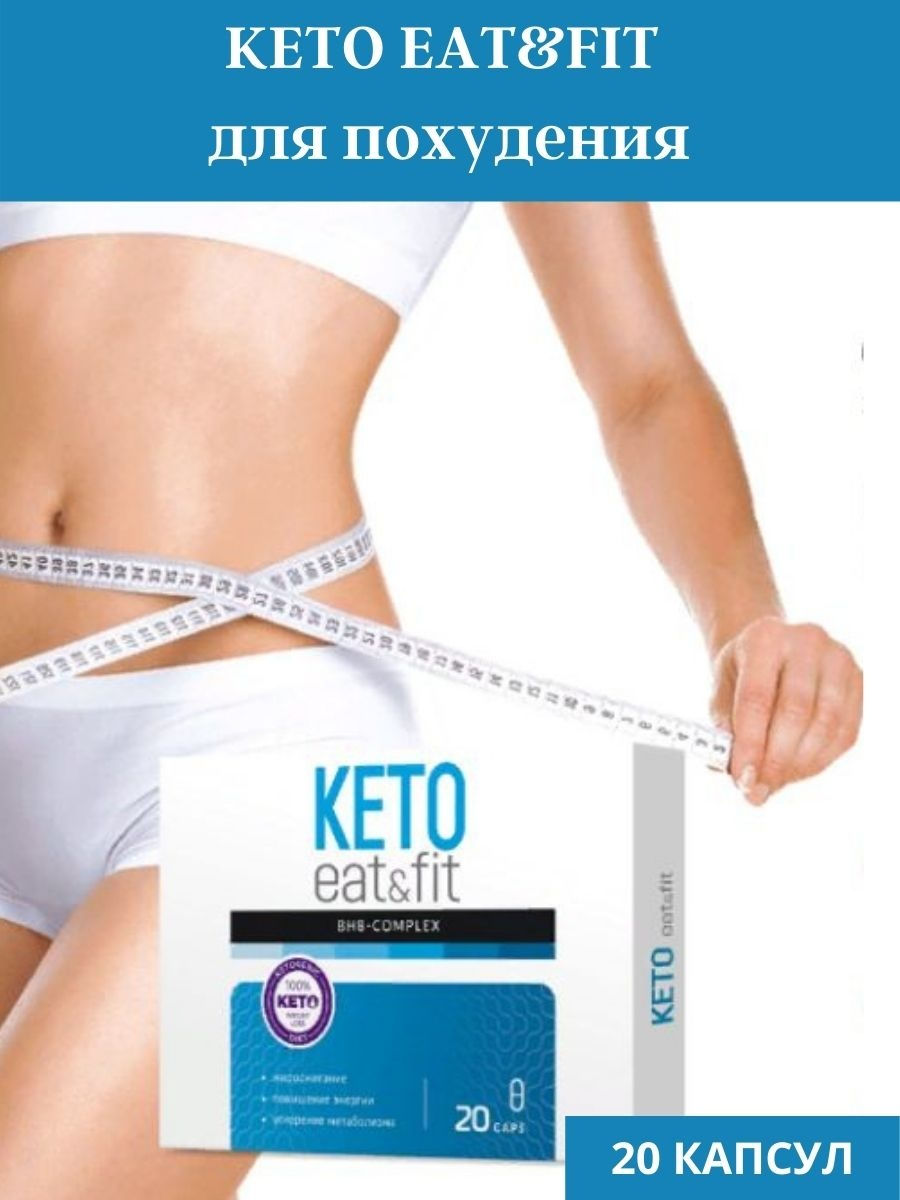

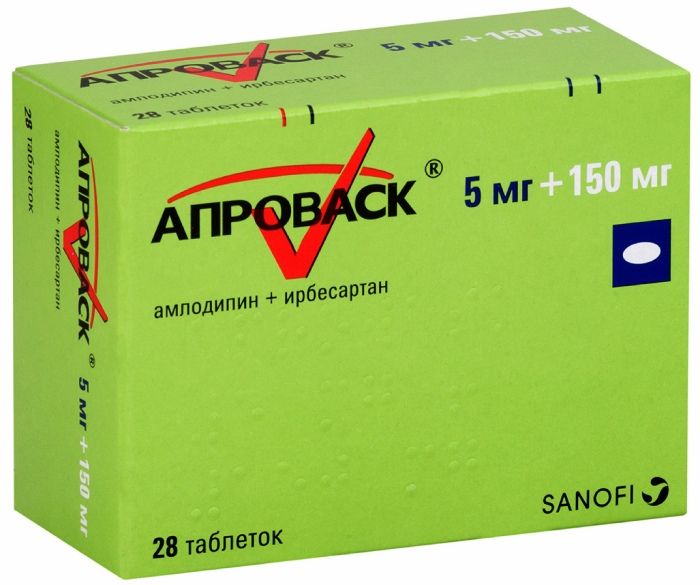
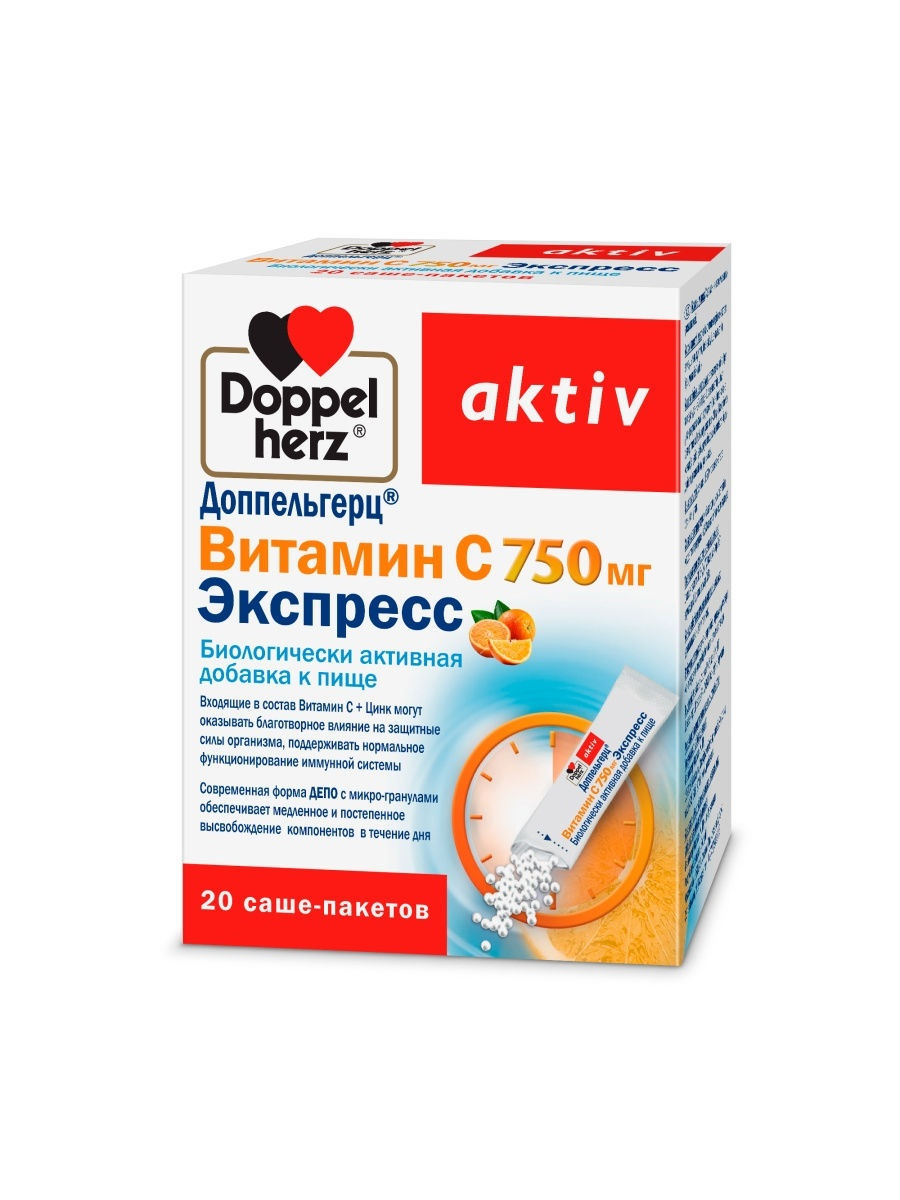



There are no reviews yet.